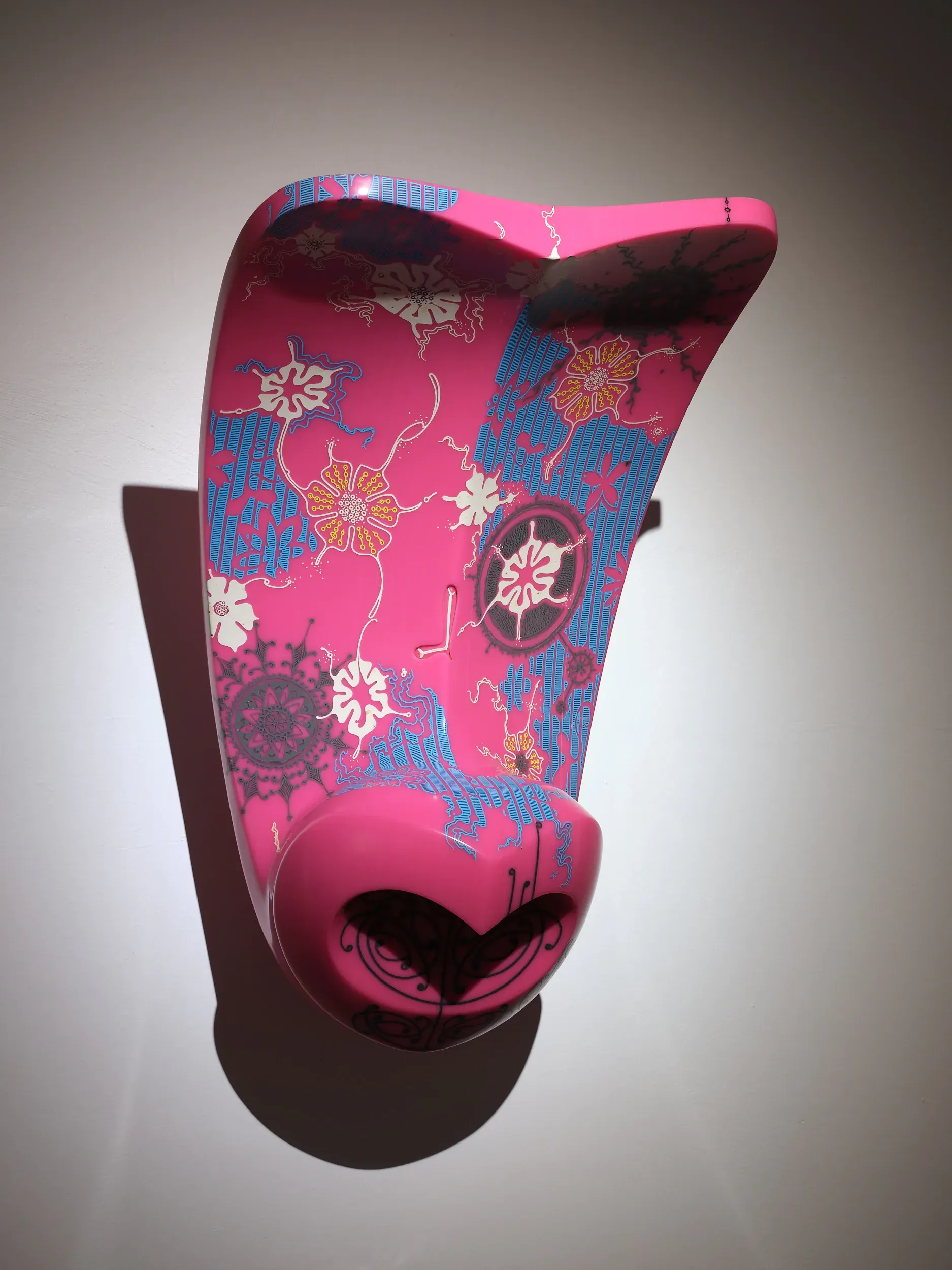Benjamin Pittman: The Journey That's Been And The Road Ahead for Toi Māori
Written by

When it comes to the topic of Toi Māori, the weight of Dr Benjamin Pittman’s opinion is one that carries an abundance of mana.
Dr Pittman (Te Parawhau, Ngāti Hao/Te Popoto, Ngāpuhi, Ngāti Hau) has been recognised with the NZ Order of Merit for his service to Māori and Art. This immensely respected Māori artist was one of the first Bachelors (1971) and Masters of Fine Arts (1977) degree graduates from Elam School of Fine Arts, University of Auckland. He is also the first-ever Māori graduate with both degrees.
Pittman is currently the Kaitiaki of the Wairau Māori Art Gallery in Whangārei and gave The Big Idea his thoughts on the current state of Toi Māori, its challenges and how it can thrive – as well as how is te reo Māori is thriving in the context of the visual arts.
Toi Māori is in a very dynamic space and has been on a relentlessly upward and more wide-ranging trajectory since the 1950s.
While Sir Āpirana Ngata founded the Rotorua-based Māori Arts & Crafts School in 1926, the focus was more on the “traditional” areas of carving and weaving and especially for meeting houses.
The location was significant given that Whakarewarewa was a major hub of Māori-based tourism and Ngata’s plan was aimed at financial security and independence through tourist spending.
With name changes to Rotorua Māori Arts & Crafts institute (1963) and to New Zealand Māori Arts & Crafts Institute (1967), allied with Māori students enrolling at Elam School of Fine Arts in the 1950s, and the arts advisors’ programme in schools also happening in the latter 1950s-60s under Gordon Tovey, Northland became an especially vital place where toi Māori traditions began to inspire a group of younger Māori artists to push into new areas of creative practice where carving and weaving for meeting houses and more touristic items gave space to stand alone sculptures, paintings and murals.
Arnold Wilson, Selwyn Wilson, Pauline Yearbury, Ralph Hotere, Muru Walters and others were a part of this vanguard, who took inspiration from their ancestry and expressed it through new ways of looking and doing. Using often new materials and working in new fields, in turn they were to inspire others.
Contemporary Māori art has never since looked back, however, its links to the past are clear as it creates new futures. Traditions live on as new traditions are created.

Lonnie Hutchinson (Ngāti Kuri ki Ngāi Tahu, Samoan, Scottish, Irish and English), Becoming Sound, 2021. Aluminium, paint. Photo: Wairau Māori Art Gallery.
Challenges? This is certainly not self-inflicted but I think they revolve around the perceptions of others, who may have a personal notion of what Māori art is and is not.
Notions, like opinions, cover the fullest of spectrums and meanwhile, Māori artists simply carry on doing what they do: creating and extending the boundaries ever outwards while exciting far more than they dismay.
And, this is the really interesting bit; they and contemporary Māori arts practice is thriving, locally, regionally, nationally and internationally. Māori art is big business.

Kaaterina Kerekere (Te Aitanga-a-Hauiti, Ngāi Tāmanuhiri, Rongowhakaata, Rangitane and Ngāi Tahu), Te Rawheoro (still from Takuahiroa), 2019. Digital motion graphic. Photo: Wairau Māori Art Gallery.
Within all of this dynamism, te reo too is thriving.
Te reo is the glue and the linkage and the key to every part of the Māori world. As well as its role in documenting and telling stories, Māori artists use te reo in titling their work and importantly in connecting to vast spiritual and philosophical landscapes, providing context to the current physical realities of being Māori.

Dr Benjamin Pittman (Te Parawhau, Ngāti Hao/Te Popoto, Ngāpuhi, Ngāti Hau). Photo: Wairau Māori Art Gallery.


